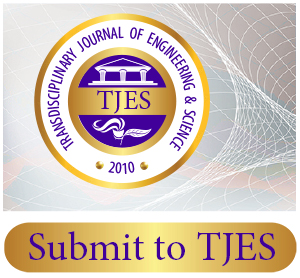Energy and Exergy Analyses for Flue Gas Assisted Organic Rankine Cycle
Abstract
Effective use of industrial heat waste at low and medium temperatures is seen as one of the solutions that can be used to increase energy efficiency and reduce the problem of environmental pollution. Within the understanding of this framework, the organic Rankine cycle (ORC) maintains to gain attention and further development by researchers and/or manufacturers due to its technical and economical use and credibility. This study presents thermodynamic and economic analyses on flue gas assisted organic Rankine cycle (FGA-ORC) based on both concepts of energy and exergy. The heat source for the FGA-ORC system is the exhaust flue gas of the stenter machine, which is highly used in the textile finishing process. In this study, an optimization investigation has been carried out for a cycle architecture, which converts thermal energy into electrical and/or mechanical energy. The effect of the working parameters of the stenter frame on the performance indicators such as efficiency, performance ratio and economic profit was parametrically analysed, and the net-work, exergy destruction and efficiency values were determined. The results of these analyses showed that the optimum working parameters of the FGA-ORC system were P1=1311 kPa, Pmid=970 kPa, Tgas,in=140oC, PC=35%, To=25oC for an exergetic efficiency of 68.86%.


